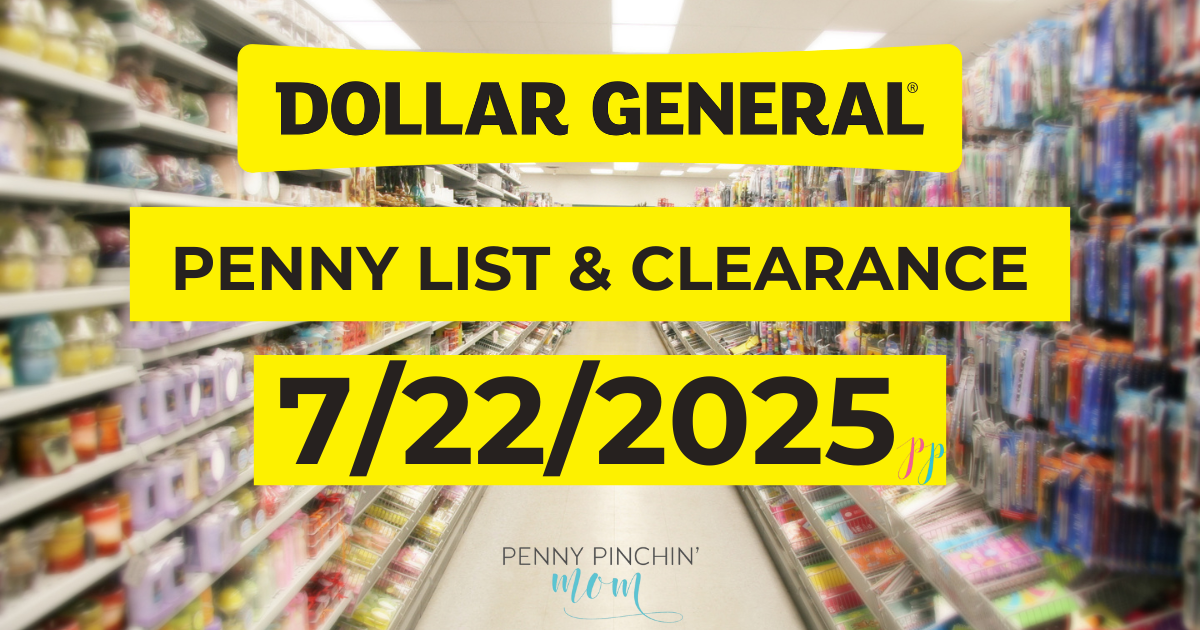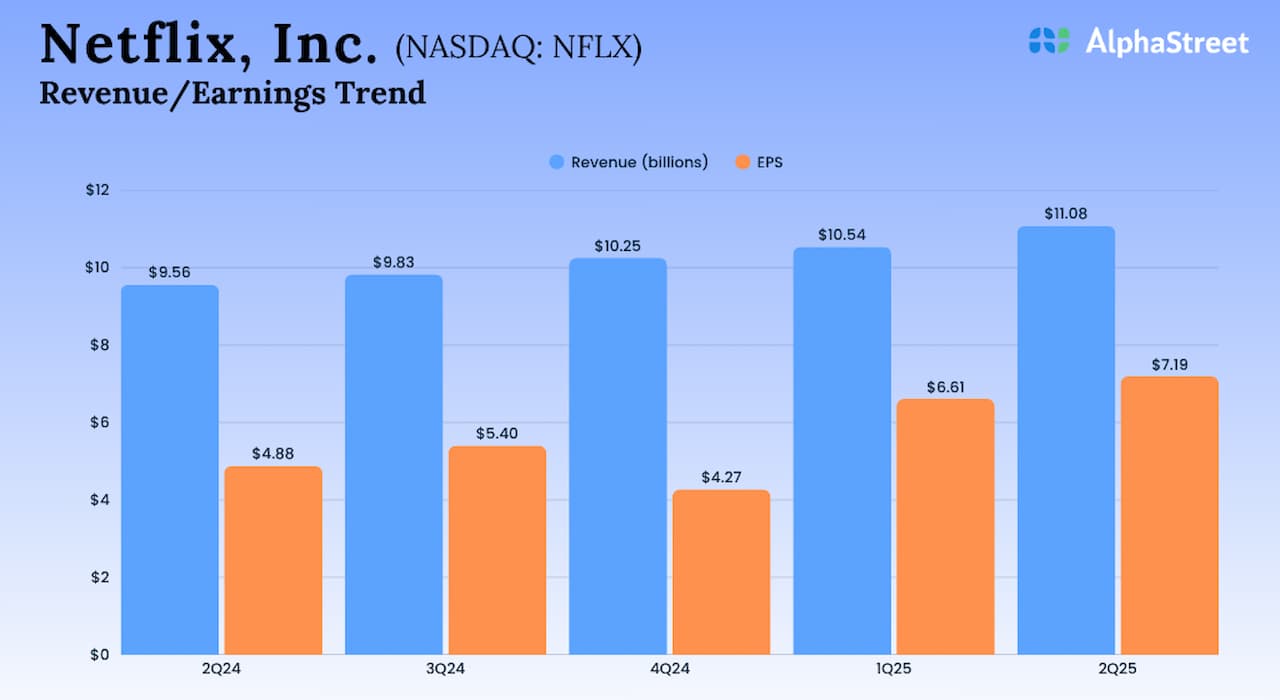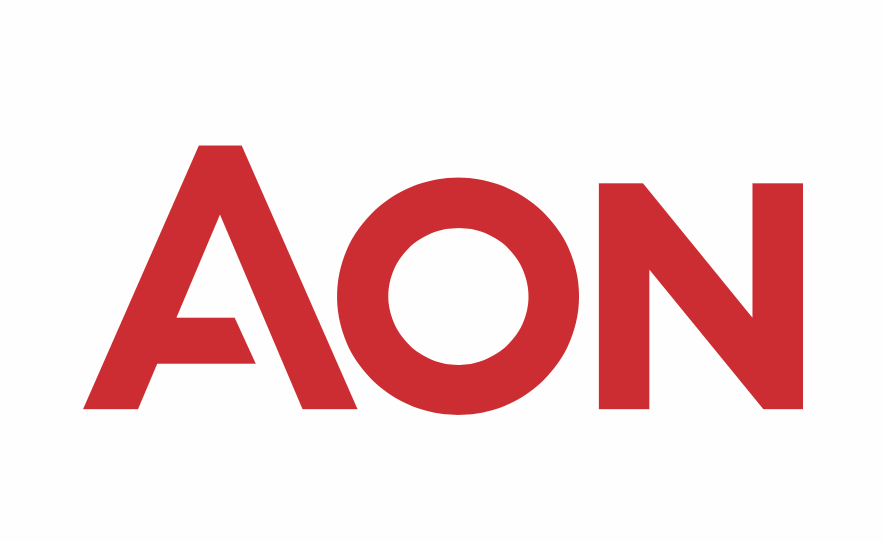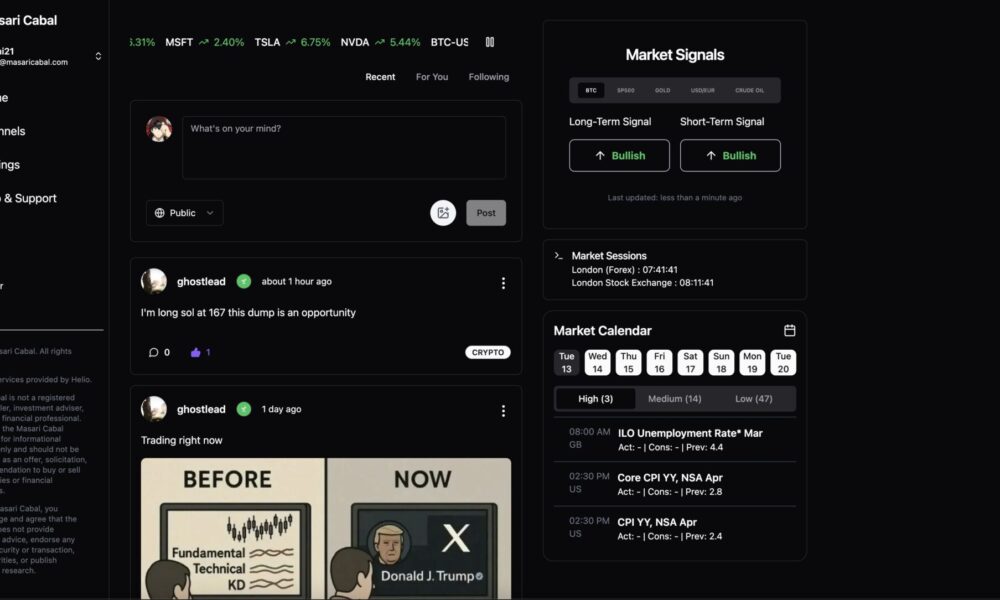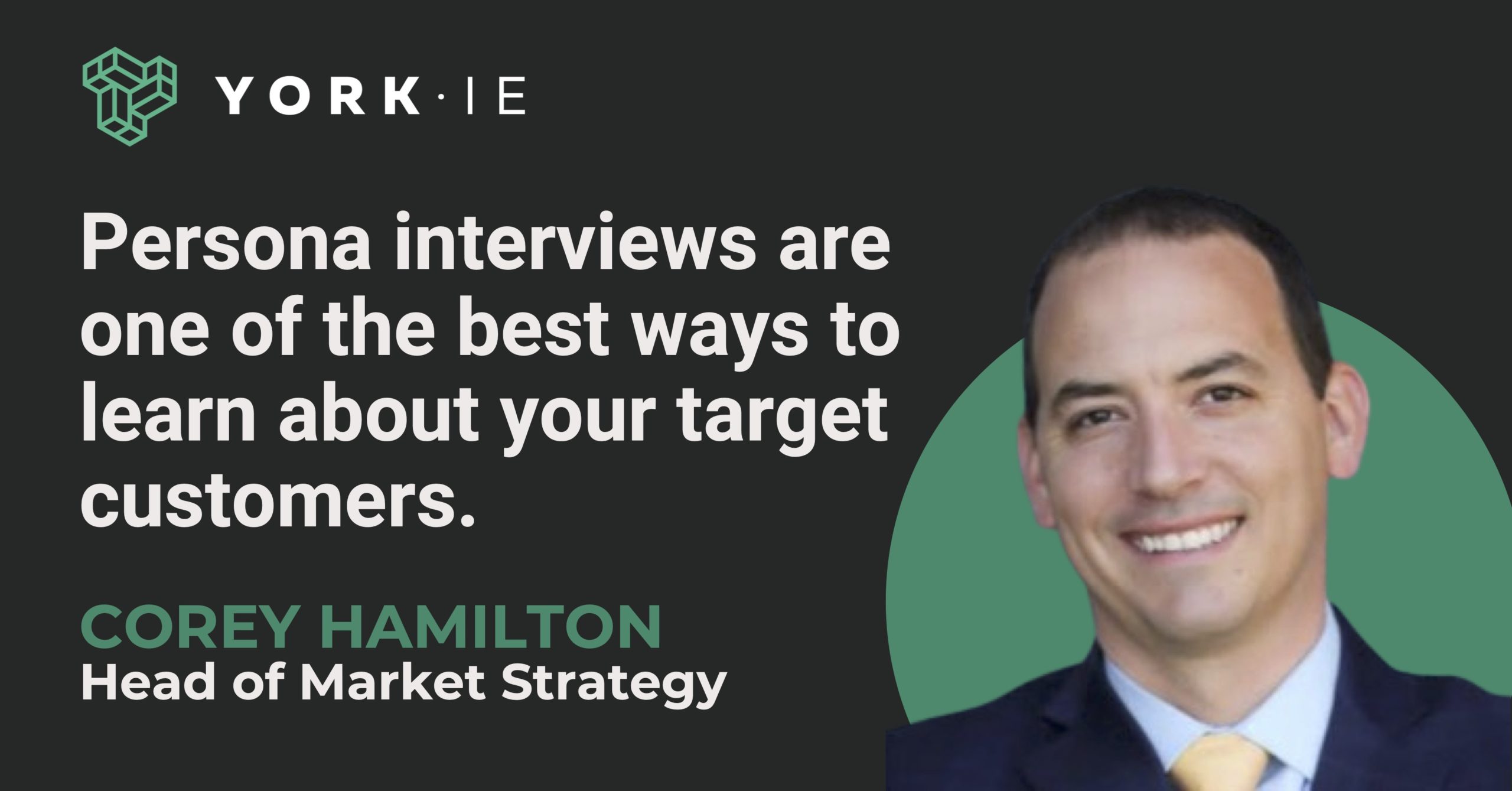For many B2B software companies, persona interviews are one of the best ways to learn about their target customers. But to get the most out of them, you need to ask the right persona questions and have a clear plan for how you will use the answers.
To help guide you through this process, we’ve created the persona interview framework, which you can download from our Fuel platform. By working through each step of the process, you’ll be on the path to gaining key insights into your target audience and putting that information to good use within your business.
In this article, you’ll learn about:
What Is a Persona?
A persona is a set of profiles that reflect the needs and pain points of a specific segment of your audience.
Two common types of personas are user personas and buyer personas. In some cases, your users may actually do the buying, but often these two types of personas will be quite different. For example, a developer might be your user, but the CTO would be your buyer.
User personas are best at helping to define and prioritize your product roadmap and the user experience of your product or service. The key focus here is on understanding how your products will help users solve problems, reduce headaches or simply do their jobs.
Buyer personas, on the other hand, are really about understanding the process companies go through when purchasing your products, which business problems they’re solving and demonstrating value to each of the people involved. Buyer personas are often best for aligning positioning, messaging, sales processes and your overall go-to-market strategy.
How to Find People for Persona Interviews
The easiest way to learn about your target audience is to spend time speaking with the people in your company who work with them every day.
While this shouldn’t take the place of actual persona interviews, getting up to speed on known characteristics of your users and buyers will prepare you to make the most of each interview you conduct. Your sales, customer success, support and product management teams can also direct you towards the best contacts to reach out to for interviews within your existing customer base.
Of course, you shouldn’t limit your interviews to existing customers. Non-customers offer an alternative perspective that might help you break into new markets. There are many ways to connect with non-customers, though you may need to consider compensating them for their time.
Below are a few ideas for where you may be able to connect with non-customers:
Online communities: LinkedIn is the obvious choice, but other more industry-specific groups may prove even more valuable.
Industry conferences can be a great place to meet people, perhaps even informally. Remember, an interview doesn’t need to be “official” to count.
Partner conferences are great, because you can probably predict at least some of the products other attendees use and will have some common ground to connect.





